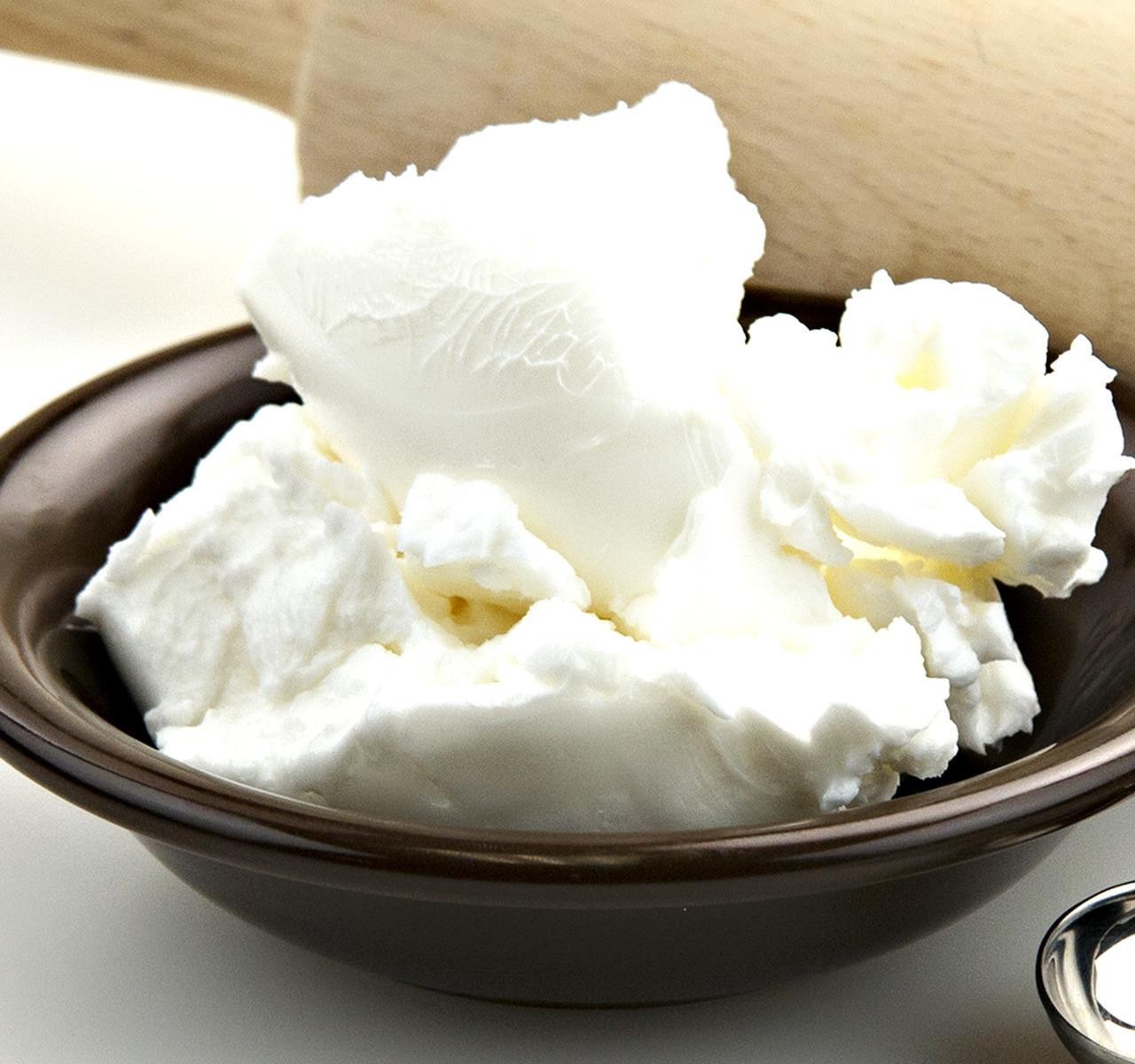Import and Export Shortening to/from Afghanistan
Shortening has been a key ingredient in the culinary world for centuries, playing a crucial role in the preparation of various baked goods and confectionery products. The term "shortening oil" refers to fats that possess the ability to shorten or soften the structure of food compounds, resulting in the creation of soft and delicate textures in baked goods. This process involves breaking down the gluten strands in dough, leading to a tender and light final product.

Historically, shortening has been used in baking and cooking for generations, with its origins dating back to the early 20th century. The development of shortening as a culinary ingredient can be attributed to key figures in the food industry who recognized its unique properties and sought to incorporate it into recipes to enhance texture and flavor. Over time, shortening has become a staple in many kitchens around the world, widely used in a variety of recipes for cakes, cookies, pastries, and other baked goods.
Shortening oils can be created by blending different oils and crystallizing them with ammonia in the final stage to give the appearance of cream. Imported palm-based shortenings often utilize this process, replacing hydrogenation with interesterification for a healthier alternative.
One of the main advantages of shortening is its ability to create a light and tender texture in baked goods, making them more enjoyable to eat. Shortening also has a high melting point, which helps to produce flaky and crispy pastry crusts. Additionally, shortening has a neutral flavor, allowing other ingredients to shine in the final product. However, there are also drawbacks to using shortening, as it is high in saturated fats and may not be as healthy as other alternatives such as butter or vegetable oils.
In terms of future developments, there is a growing trend towards healthier cooking and baking practices, which may impact the use of shortening in recipes. As consumers become more health-conscious, there is a demand for alternative ingredients that are lower in saturated fats and cholesterol. This could lead to the development of new types of shortening that are derived from healthier sources, such as plant-based oils or alternative fats.
Shortening oil has had a significant impact on the culinary world, providing bakers and chefs with a versatile ingredient that enhances the texture and flavor of various baked goods. While shortening has its advantages in creating light and tender products, its high saturated fat content and potential health risks should be considered. As the food industry continues to evolve, it will be interesting to see how the use of shortening may change in response to shifting consumer preferences and advancements in food technology.







